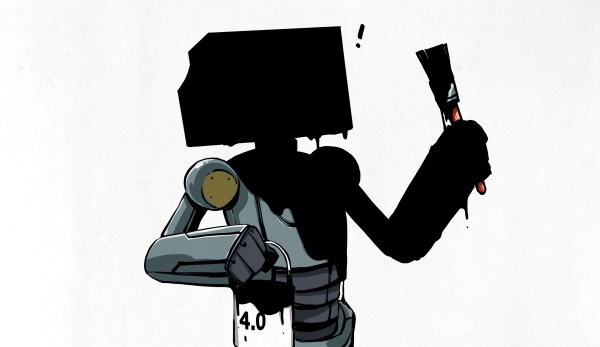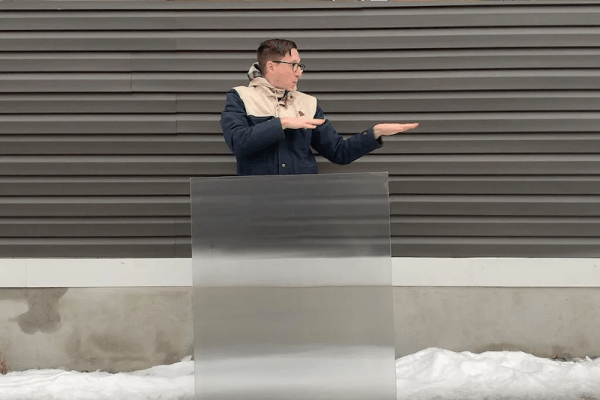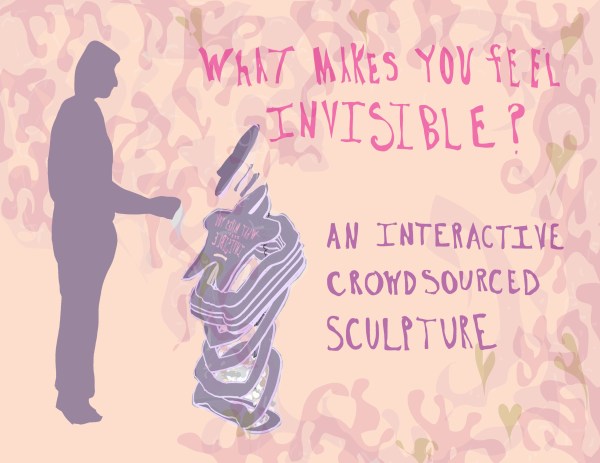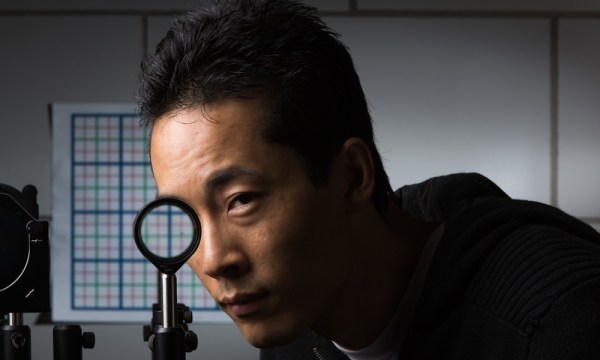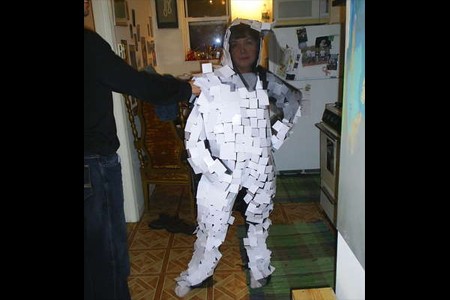Vantablack is a special coating material, moreso than a paint. It’s well-known as one of the blackest possible coatings around, capable of absorbing almost all visible light in its nanotube complex structure. However, it’s complicated to apply, delicate, and not readily available, especially to those in the art world.
It was these drawbacks that led Stuart Semple to create his own incredibly black paint. Over the years, he’s refined the formula and improved its performance, steadily building a greater product available to all. His latest effort is Black 4.0, and it’s promising to be the black paint to dominate all others.

